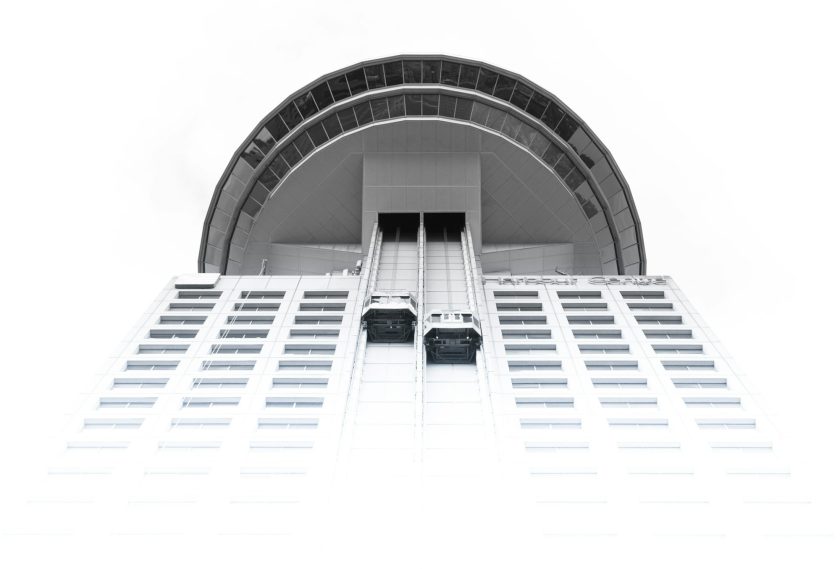As the world increasingly focuses on sustainability and renewable energy, skyscrapers are evolving to become more than just architectural marvels. They are now being designed to harness solar energy, contributing to cleaner urban environments and reduced energy consumption. This article delves into the rise of solar skyscrapers, examining their design, benefits, challenges, and future potential in promoting sustainable urban living.
Solar skyscrapers are a response to the urgent need for sustainable energy solutions in densely populated urban areas. By integrating solar panels into their design, these buildings can generate clean, renewable energy that powers their operations. This innovation not only reduces reliance on fossil fuels but also lowers electricity costs for residents and businesses alike. As cities expand and energy demands grow, the implementation of solar technologies in skyscrapers is becoming increasingly essential.
The design of solar skyscrapers incorporates various innovative features that optimize solar energy capture. For instance, building-integrated photovoltaics (BIPV) are seamlessly integrated into the building’s façade, serving both aesthetic and functional purposes. These solar panels can be designed to blend with the architecture, creating a visually appealing structure while maximizing energy production. Additionally, features such as adjustable solar shading devices can enhance energy efficiency by minimizing heat gain during hot months, ensuring a comfortable indoor environment.
One notable example of a solar skyscraper is the Bosco Verticale in Milan, which not only features residential units but also incorporates extensive greenery and solar technologies. This unique blend of nature and technology exemplifies how modern skyscrapers can contribute to a more sustainable urban ecosystem. By capturing sunlight and reducing energy consumption, solar skyscrapers are paving the way for environmentally conscious urban living.
The environmental benefits of solar skyscrapers extend beyond energy generation. They play a significant role in reducing the urban heat island effect, which occurs when urban areas experience higher temperatures due to human activities and infrastructure. By integrating green roofs and vertical gardens alongside solar panels, these buildings help mitigate heat absorption, enhancing overall urban comfort. This dual approach not only promotes sustainability but also improves air quality by reducing pollution levels.
Furthermore, solar skyscrapers can serve as educational platforms, raising awareness about renewable energy and sustainability. Many of these buildings include visitor centers or observation decks that educate the public about the importance of solar energy and sustainable practices. By showcasing advanced technologies and environmentally friendly designs, solar skyscrapers inspire residents and visitors alike to adopt greener lifestyles.
While the advantages of solar skyscrapers are clear, there are challenges to their widespread adoption. One significant barrier is the initial cost of installation. Although solar technologies have become more affordable over the years, the upfront investment required for integrating these systems into skyscraper designs can be substantial. Developers and investors must carefully weigh the long-term benefits against initial costs, which may deter some projects.
Additionally, the effectiveness of solar energy generation is influenced by geographic and climatic factors. In areas with limited sunlight or frequent overcast conditions, the efficiency of solar panels may be compromised. Therefore, careful site analysis and planning are crucial to ensure that solar skyscrapers are positioned to maximize sunlight exposure. Advances in solar technology, such as bifacial panels that capture sunlight from both sides, are helping to address some of these limitations, but challenges remain.
Regulatory frameworks also play a critical role in the success of solar skyscrapers. In many cities, zoning laws and building codes may not adequately account for the unique features of solar-integrated designs. To promote the development of solar skyscrapers, municipalities need to adopt policies that support renewable energy technologies and streamline the permitting process. Incentives, such as tax credits or grants for renewable energy projects, can further encourage developers to invest in solar skyscrapers.
Despite these challenges, the future of solar skyscrapers looks promising. As technology continues to advance, the efficiency and affordability of solar panels are expected to improve, making it easier for developers to incorporate them into their designs. Additionally, the growing global emphasis on sustainability and climate action is driving demand for green building solutions. Investors and consumers are increasingly seeking environmentally responsible properties, creating a strong market for solar-integrated skyscrapers.
In conclusion, the rise of solar skyscrapers represents a significant step forward in sustainable urban development. By harnessing solar energy, these buildings contribute to cleaner cities, lower energy costs, and enhanced quality of life for residents. While challenges remain, the integration of solar technologies into skyscraper design is not only feasible but essential for a sustainable future. As urban areas continue to grow, embracing solar skyscrapers will play a crucial role in creating resilient, energy-efficient cities that benefit both people and the planet.
